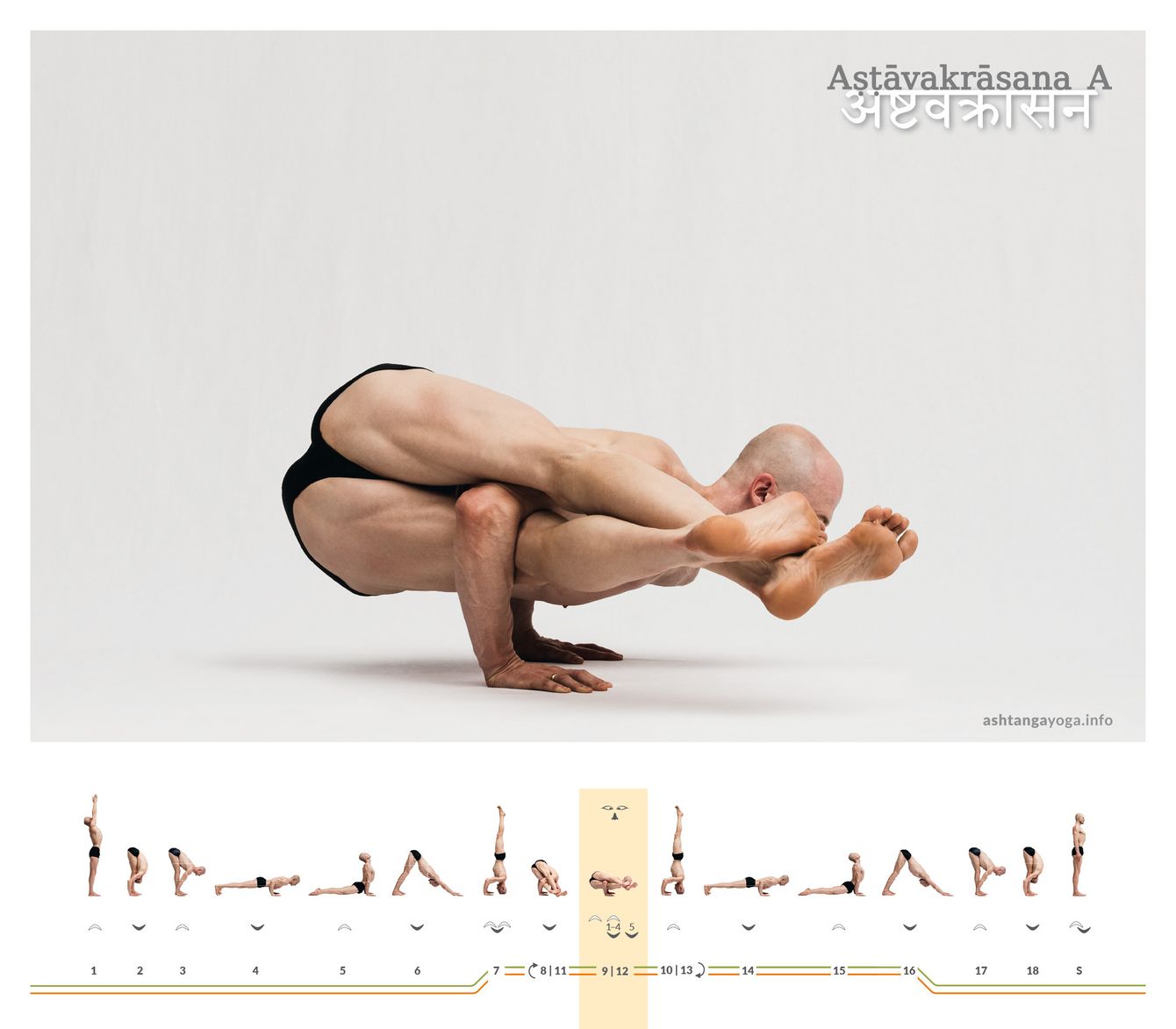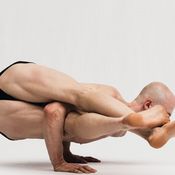

Mythology: Concerning the birth of Aṣṭāvakra, there is an interesting story found in various Purāṇas and especially in the Vana Parva, the Book of the Forest. This is part of the Mahābhārata, one of the two great Indian epics.
The story of Aṣṭāvakra begins with Kahoda, a wise Brahmin. When Kahoda’s wife, Sujātā, was pregnant, he recited from the Vedas. The unborn Aṣṭāvakra listened from the womb.
But even as an unborn child, Aṣṭāvakra possessed extraordinary mental abilities and a deep understanding of the Vedic scriptures. So one day, Aṣṭāvakra noticed a mistake in his father's recitation and corrected Kahoda from the womb.
The father was suddenly angered by the challenge to his authority and the feeling of humiliation. Out of this anger and pride, he cursed his own son: he should be born with eight deformities in his body. Literally translated, the name Aṣṭāvakra means: "He who has eight bends."
This curse had far-reaching consequences, not only for the physical appearance of Aṣṭāvakra but also for his future life and teachings. Despite the physical limitations caused by his father's curse, Aṣṭāvakra became a prominent figure in Indian mythology, known for his profound wisdom and spiritual enlightenment.
This is found in the Aṣṭāvakra Gītā, which is constructed as a philosophical discourse between Aṣṭāvakra and King Janaka. In these dialogues, the sage Aṣṭāvakra challenges King Janaka to cut through all false identifications with the body, the mind, and the world. This way, he may finally realize that his true nature is pure consciousness, beyond birth and death.
In the traditional count: Begin directly from "Downward-Facing Dog" pose in the previous sequence.
Vinyāsa 7 - Inhalation, Exhalation, Inhalation:
Jump inhaling from the 'Downward-Facing Dog' into a balance position on your hands. Exhale as you bend your elbows while straightening your legs. Carefully set your crown on the floor in front of your hands so that the three points of floor contact form an equilateral triangle. Your head, shoulder girdle, pelvis, and feet should now be positioned vertically above each other. Inhale here.
Vinyāsa 8 - Exhalation:
Lower your straight legs with exhalation until your toes hover just above the ground. Now slide your left leg below your right upper arm, the right leg above to the right. Cross your legs so that your right (upper) leg is in front.
Tip: Traditionally, the head should remain on the floor during this movement. This makes threading the left leg through more complex. It is then easier if you place your head a little further in front of your hands on the floor. From there, roll a bit onto the back of your head. This gives you maximum space for your leg during the complex movement.
Vinyāsa 9 - Inhalation, 5 breaths, Exhalation:
Lift your head inhaling while lowering your pelvis. Bend your arms until the upper arms reach horizontal. Stay here until the fifth exhalation.
Try: The more you press your legs together, the more stability you gain. The legs then press from above and below against your right upper arm. This way, no strength is needed for support. You simply balance on your vertically positioned forearms.
Vinyāsa 10 - Inhalation:
Lower your head back onto the floor at the end of the exhalation. Then pull your legs back while lifting your pelvis above your shoulders. Now inhale and lift your legs vertically back into the tripod headstand.
Vinyāsa 11-13:
Repeat the sequence of movements from Vinyasa 8-10 on the left side.
Tip: Do not just fall from the tripod headstand into Caturāṅga Daṇḍāsana. Instead, first lower your straight legs until your toes almost touch the ground. From here, give an upward impulse with the legs. This way, your head lifts off effortlessly, and you can land controlled in Caturāṅga Daṇḍāsana.
Vinyāsa 14 to 16:
Follow the flow of movement you are already familiar with until a stop in the 'Downward-Facing Dog.'
In the traditional count: Proceed directly into the movement flow of the next posture.
Effect: This challenging arm balance position strengthens the arms and wrists, improves balance and concentration, and promotes flexibility in the legs and hips. Due to the intense focus required by this pose, Aṣṭāvakrāsana also supports mental clarity and promotes a deeper awareness of the present moment.
Fotograf: Richard Pilnick - www.richardpilnick.com


 Dr. Ronald Steiner
Dr. Ronald Steiner
Messages and ratings